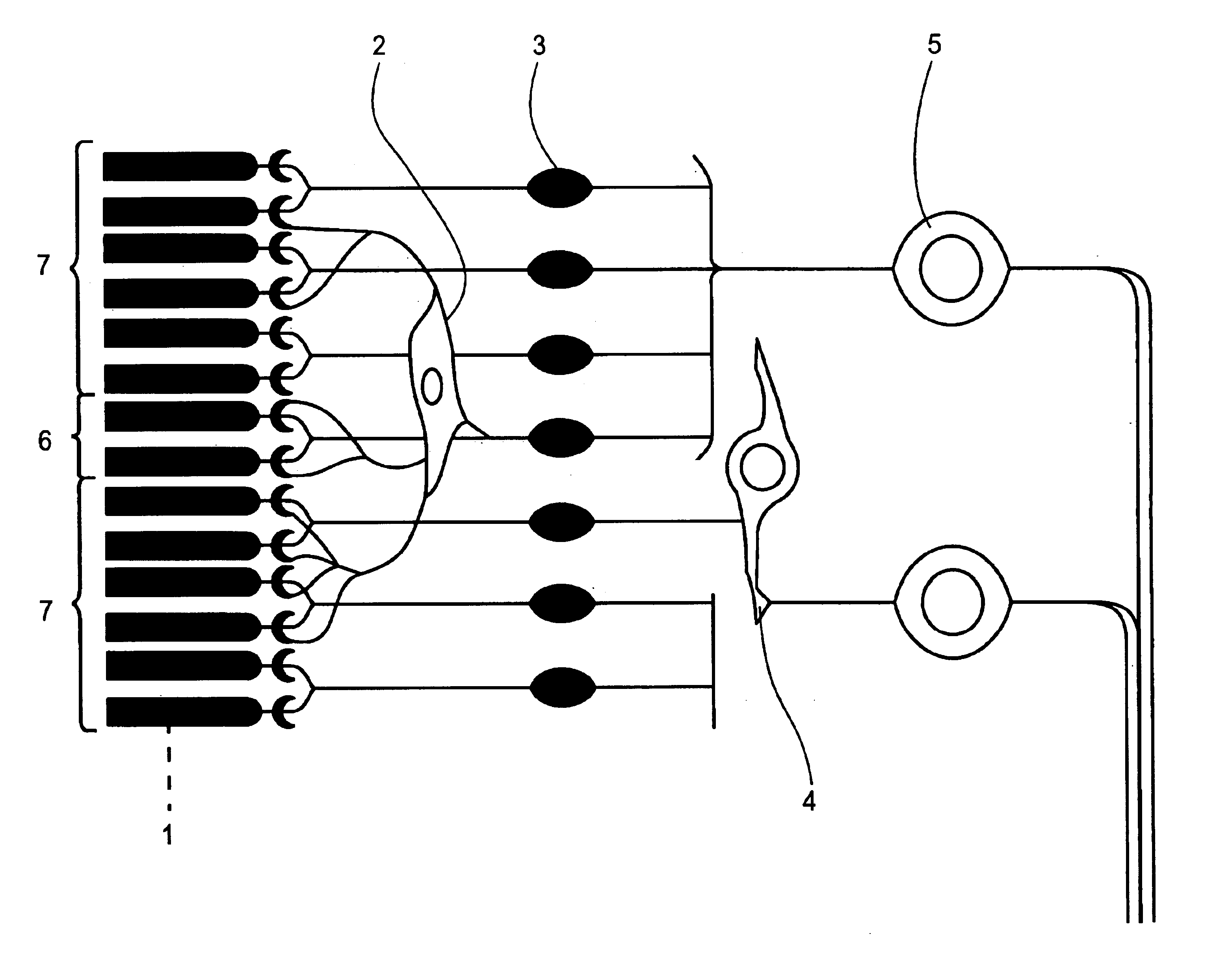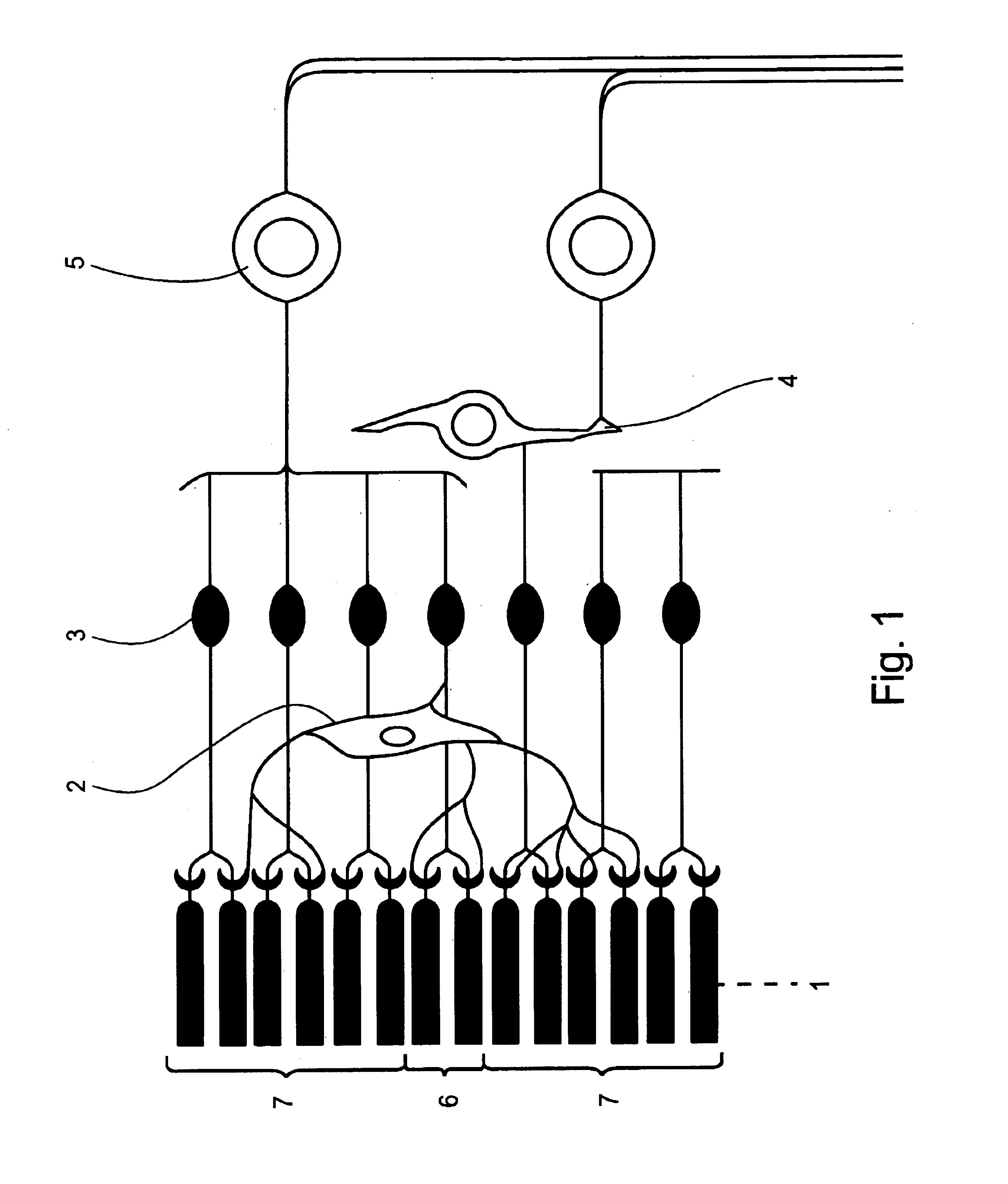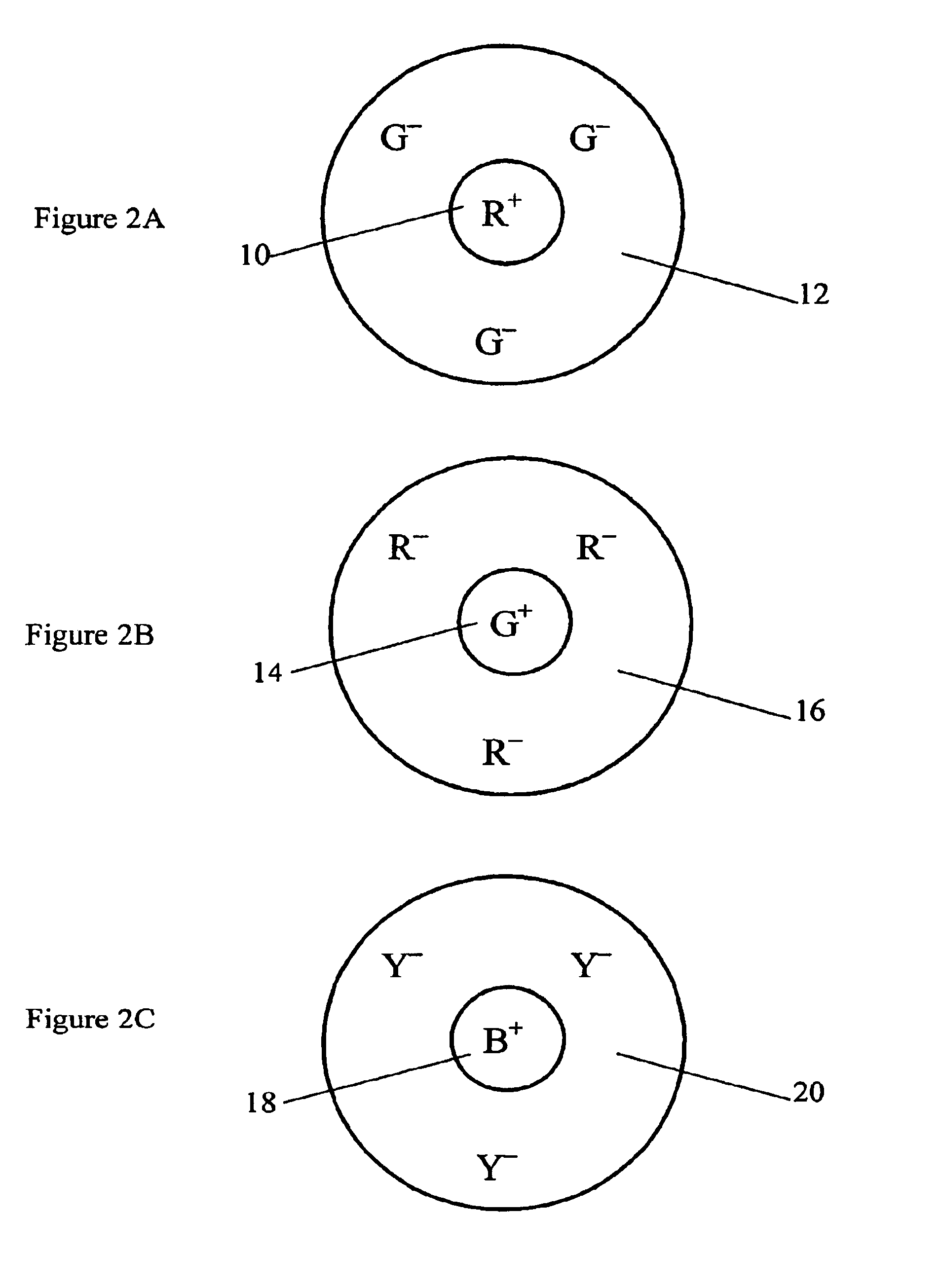Method for improved automatic partial color constancy correction
a partial color constancy and automatic technology, applied in the field of image processing, can solve the problems of affecting the color of objects, not entirely satisfactory, and most of the prior art has an additional
- Summary
- Abstract
- Description
- Claims
- Application Information
AI Technical Summary
Benefits of technology
Problems solved by technology
Method used
Image
Examples
Embodiment Construction
[0089]The present invention comprises a method and apparatus for improving the emulation of the color constancy mechanism of visual perception. Specifically, the present invention can be used to improve the performance of a partial automatic color constancy correction of color pictures without knowledge of the illumination spectrum.
[0090]The principles and operation of color constancy correction according to the present invention may be better understood with reference to the drawings and accompanying descriptions.
[0091]Before explaining at least one embodiment of the invention in detail, it is to be understood that the invention is not limited in its application to the details of construction and the arrangement of the components set forth in the following description or illustrated in the drawings. The invention is capable of other embodiments or of being practiced or carried out in various ways. Also, it is to be understood that the phraseology and terminology employed herein is ...
PUM
 Login to View More
Login to View More Abstract
Description
Claims
Application Information
 Login to View More
Login to View More - R&D
- Intellectual Property
- Life Sciences
- Materials
- Tech Scout
- Unparalleled Data Quality
- Higher Quality Content
- 60% Fewer Hallucinations
Browse by: Latest US Patents, China's latest patents, Technical Efficacy Thesaurus, Application Domain, Technology Topic, Popular Technical Reports.
© 2025 PatSnap. All rights reserved.Legal|Privacy policy|Modern Slavery Act Transparency Statement|Sitemap|About US| Contact US: help@patsnap.com



